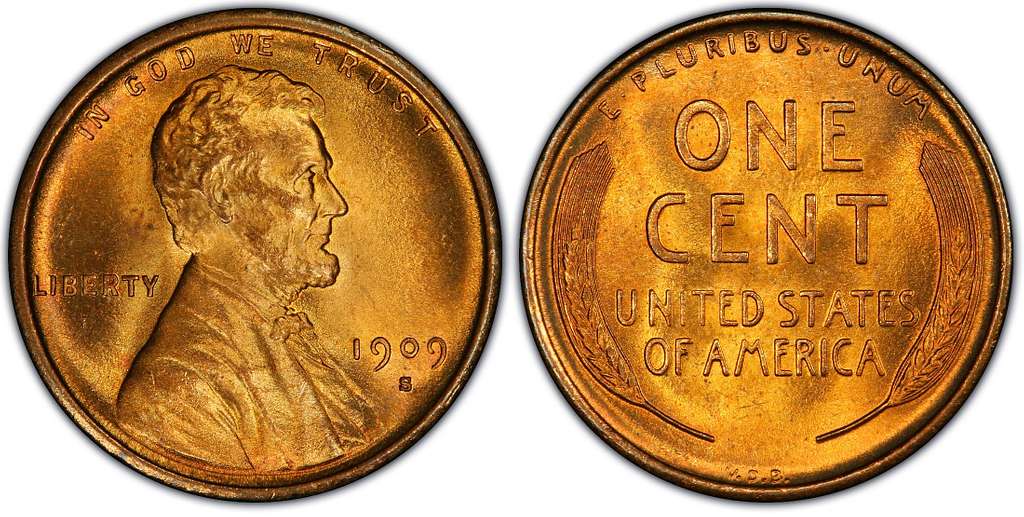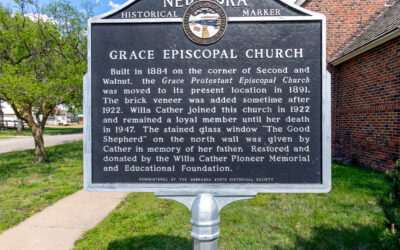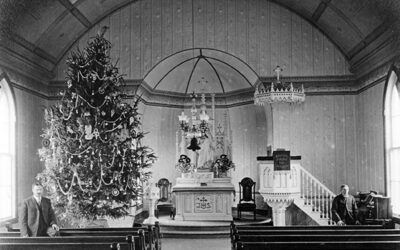The year 2009 is the 200th anniversary of Abraham Lincoln’s birth and the 100th anniversary of the introduction of the Lincoln penny. When the Lincoln one-cent coin first appeared in 1909, it marked a radical departure from the accepted styling of United States coinage. It was the first regular coin to bear a portrait other than the mythical Liberty, which appeared on most pre-1909 regular coins. There was a strong feeling against using portraits on coins in the United States, but public sentiment stemming from the centennial anniversary celebration of Lincoln’s birth proved stronger than the long-standing prejudice.
 The Lincoln penny, first minted in 1909.
The Lincoln penny, first minted in 1909.
The arrival of the Lincoln one-cent coins in Omaha was noted by the Omaha Daily News on August 6, 1909: “The Lincoln pennies, minted in honor of the centennial of the martyred Abraham Lincoln, arrived in Omaha today. Coin collectors and citizens who wanted a souvenir of the great emancipator besieged the windows of the paying tellers at the United States National bank. Fifty thousand, or $500 worth, of the new coins were received by the United States National, and they will be the only ones on general distribution in Omaha. The pennies are being given out in small amounts to those who call for them, no premium over their face value being exacted. “The pennies bear the face of Abraham Lincoln on one side, reproduced from a photograph taken two weeks before his assassination, and belonging to the collection of Eliot Norton of New York, and published only at the time of its taking. The photograph was reproduced by Victor Brenner and contains the famous Lincoln smile.” For the first time the motto IN GOD WE TRUST appeared on a one-cent coin. The reverse featured two wheat ear stalks on opposite sides of the coin, encircling the inscriptions ONE CENT and UNITED STATES OF AMERICA. At the top was the national motto E PLURIBUS UNUM, meaning “Out of Many, One.” “The Daily News noted, “Three initials, V. D. B., appear in microscopic letters upon the pennies of the issue received in Omaha, but were removed from all other issues on order of Secretary [Franklin] MacVeagh of the treasury. The secretary says it is customary for the designer [Victor David Brenner] to inscribe one minute initial on his work, and only the letter B. was allowed on the other coins. The pennies will go out of coinage as soon as the present supply is exhausted.” “Brenner, a sculptor and medalist, was the only person invited to participate in the formulation of the design for the Lincoln penny. President Theodore Roosevelt was so impressed with his talents that Brenner was personally selected by Roosevelt for the commission. Brenner died in 1924 at the age of fifty-two. He lived long enough to see his initials restored on the Lincoln penny in 1918, though in much smaller letters, at the base of Lincoln’s shoulder. He considered the design to be his most important work and said, “‘I would rather have Lincoln’s face on the penny than on a 20$ gold piece.'”



